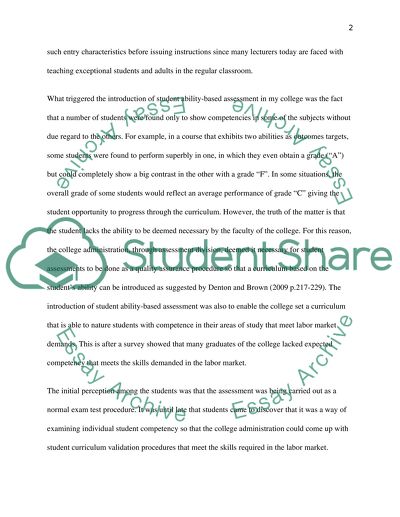Cite this document
(“Quality Assurance Procedure With Regard To Student's Ability-Based Essay”, n.d.)
Retrieved from https://studentshare.org/education/1444086-critical-incident-engaging-in-quality-assurance
Retrieved from https://studentshare.org/education/1444086-critical-incident-engaging-in-quality-assurance
(Quality Assurance Procedure With Regard To Student'S Ability-Based Essay)
https://studentshare.org/education/1444086-critical-incident-engaging-in-quality-assurance.
https://studentshare.org/education/1444086-critical-incident-engaging-in-quality-assurance.
“Quality Assurance Procedure With Regard To Student'S Ability-Based Essay”, n.d. https://studentshare.org/education/1444086-critical-incident-engaging-in-quality-assurance.


